Epilepsy is a condition of the central nervous system that causes seizures in episodes. It happens due to abnormal nerve stimulation in the brain.
Childhood Absense Epilepsy
- It is an epilepsy syndrome that begins in young children.
- It happens with an absence seizure.
An absence seizure causes a short period of “Blanking out” or staring. It is caused by brief abnormal electrical activity in the brain.
- An Absence seizure is a generalised onset seizure, which means it involves both sides of the brain.
- It is also known as Petit Mal Seizure.
- Absence seizure shows a brief staring during which the child is not aware of his/her surrounding.
- Causative factors are Genes. Genes are responsible for absence epilepsy in children between the age of 4 and 8.
- Seizures usually disappear by late childhood.
CContents
Manifestation
- Childhood absence epilepsy, seizures lasts about 10-20 seconds.
- The child resumes his activity after bring on of seizure. It is like nothing has happened in those 10-20 seconds.
- Children with frequent absence seizures develop normally.
- But they face problems like difficulty in learning, attention, concentration, and memory problem.
- The child suffers many brief episodes of seizures, before the start-up of medication. Medication of seizure can only start if the manifestation of epilepsy is crystal clear.
Who Gets Childhood Absense Epilepsy?
Childhood absence epilepsy accounts for 1 to 4 out of 50 people with epilepsy.
About 1 out of 3 families of children with childhood absence epilepsy confirm the history of absence seizures.
Identification of Childhood Absence Epilepsy
A history of staring and any other health problem and difficulty in learning, find difficult to concentrate on one object, feeling unwell. All these unbidden signs are the first step in the diagnosis of childhood absence epilepsy.
- Children with Childhood Absence Epilepsy who has not started his medicine often endure with absence seizure with deep breathing for 3-5 minutes.
- An EEG(Electroencephalogram) – It tells the probability of absence seizure, test is done by the technician.
- Hyperventilation (Deep breathing) and vulnerability to rapid flashing lights are often performed during EEG. This test exhibits generalized spike and wave discharge at 3HZ(cycles per second).
- CT (Computed tomography) and MRI (MAGNETIC Resonance Imaging) scans of the brain are normal.
Medical Care
- First Line of treatment
- Ethosuximide
- Valproic acid
- Lamotrigine
These medicines provide effective seizure control
- Valproate was equally as effective as ethosuximide, But ethosuximide cause fewer problems than Valproate.
- Lamotrigine was less effective, but side effects are less than valproate.
- If absence seizures continue even after trying these medications then, the blend of these medicines may help.
- Other medical treatments have been used to treat absence seizures like:
- topiramate
- zonisamide
- levetiracetam
- Benzodiazepines
These medicines should only be considered if the first line of treatment does not help.
A ketogenic diet may also provide benefits in children with absence epilepsy.
Diet Therapy…What Is It Like?
- The typical “classical” Ketogenic diet called the “long-chain triglyceride diet”, provides 3 to 4 grams of fat for every 1gm of carbohydrate and protein.
- The total calories are matched to the number of calories the person needs while prescribing the ketogenic diet.
For example, if a child is eating a 1500 calorie regular diet, it would be changed to a 1500 calorie ketogenic diet.
- A ketogenic diet “ratio” is the ratio of fat to carbohydrate and protein gram blend.
- A 4:1 ratio is stern than a 3:1 ratio.
- 3:1 ratio is used for young adults, adolescents, and children who require a higher amount of protein or carbohydrates.
- The source of carbohydrates in the ketogenic diet is melted butter, whipped heavy cream, mayonnaise, meat, cheese, canola oil, olive oil.
No other source of carbohydrate is allowed. This is very much clear one cannot have carbohydrate like melted butter, heavy whipping cream alone. 399So there should be a colourful blend of fruits and high fiber veggies on the serving plate of a patient. Fish, kinds of bacon, and poultry are allowed.
First thing comes first
The start-up of diet should be supervised by health providers for 16 to 24 hours after fasting. This avoids bringing on the seizure.
- The ketogenic diet is mostly used by children.
- One-half of children who go on diet have at least a 50% reduction in the number of seizures.
- 10-15% even become seizure-free.
- the ketogenic diet is restricted. The addition of supplements, vitamins, and minerals is necessary for the overall well-being of the patient’s body growth and maintenance.
- children are at the growing stage, they need calcium and vitamin D for strong bones and muscles.
The diet shows wonderful results for children with focal seizures, but seizure-free results are not possible.
- It provides control over seizures, which act as a blessing for an epileptic patient.
- We can say, it is the first line of treatment for specific epilepsy syndrome.
- It happens due to mutation on GLUT-1 or pyruvate dehydrogenase deficiency.
Foreground
The ketogenic diet for epilepsy was developed in the 1920s by Hugh Coonskin.
But after some time, it regain its recognition when children were not getting relief with medication and for those whose symptoms were difficult to control.
Well Words From Health Finder
The Ketogenic diet is for epileptic patients who are not responsive to medication therapy.
The ketogenic diet is a blend of a high-fat diet with just enough protein and a very low amount of carbohydrates for the growth of the body.
The main objective of the Ketogenic diet is, provide only and only ketones as a diet. The fat is broken down into energy, the energy used by the body for the growth, repair, and maintenance, and overall wellbeing of an epileptic patient.
Ketones are water-soluble. Conveniently it travels to the brain easily and faster and provides “instant energy”, and this structure has wonderful results.
Low blood glucose levels control seizures in some people.
Healthfinder makes the diagnosis with EEG.EEG dispenses unerring reports of epilepsy.
Medication therapy, dietary therapy, and proper counseling of epileptic children give him a sense of “wellbeing”.
So far now it is crystal clear, ketogenic diet surely reduces the bring-on of seizures.

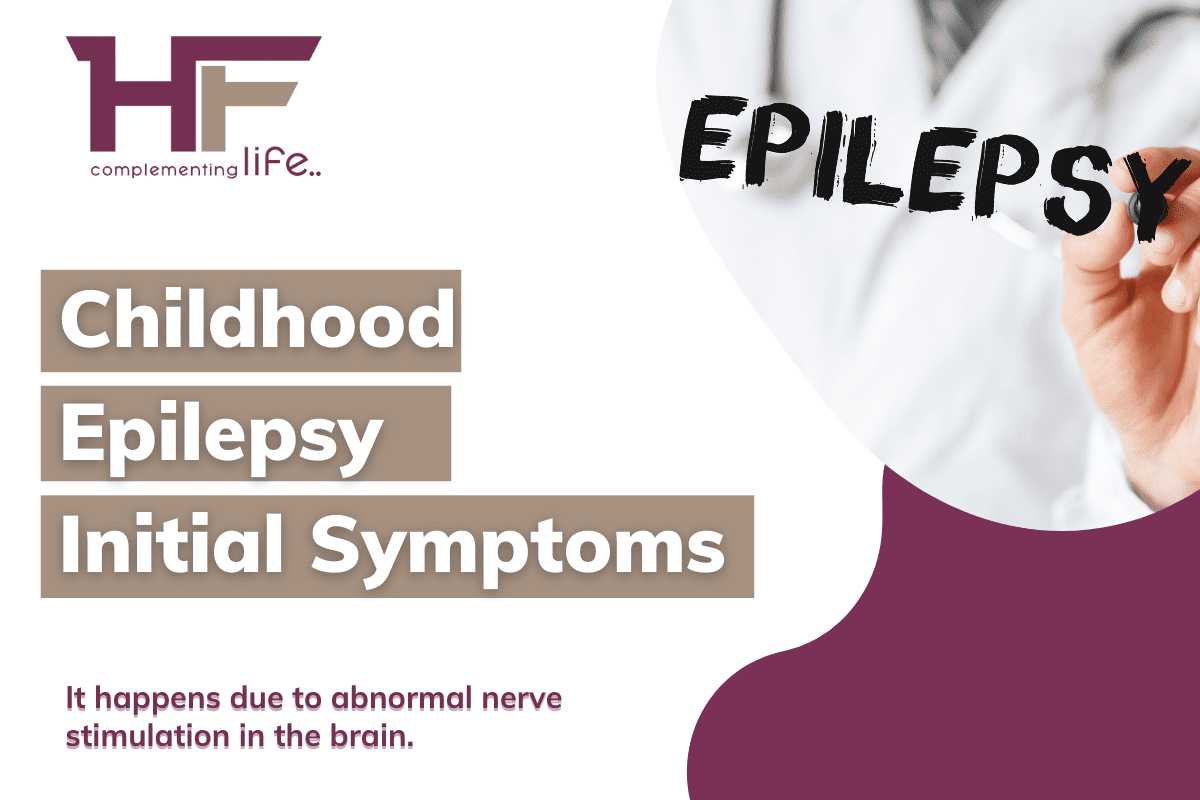
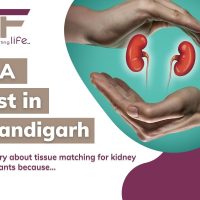
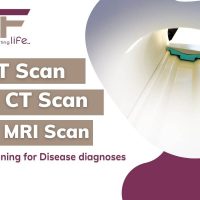

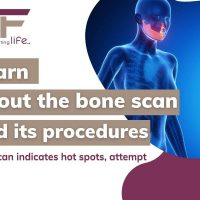
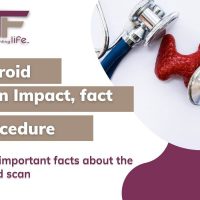
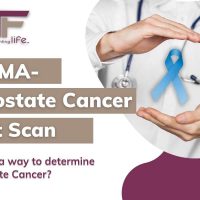
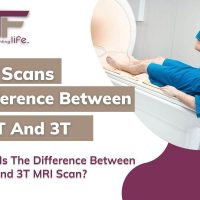
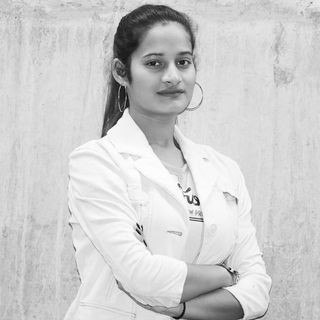
Comments